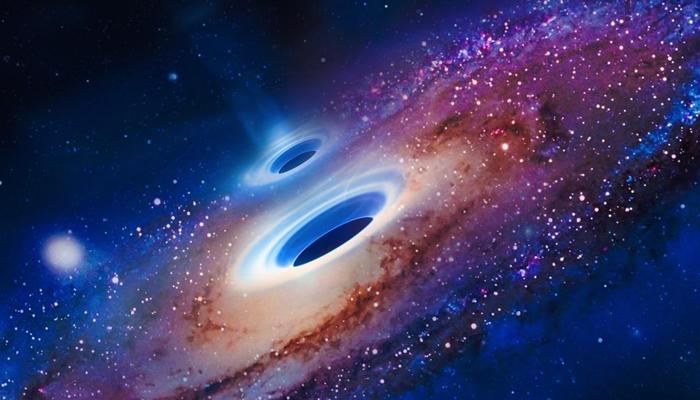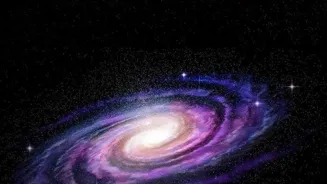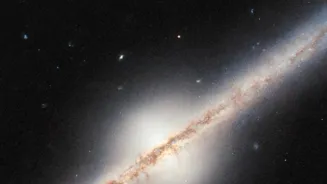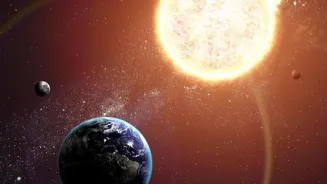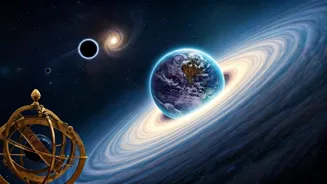Discover 10 Fascinating Black Hole Facts! Unravel the mysteries of these cosmic wonders that reshape our universe
Mind-Blowing Facts About Black Holes That Will Change Your Perspective on the Universe
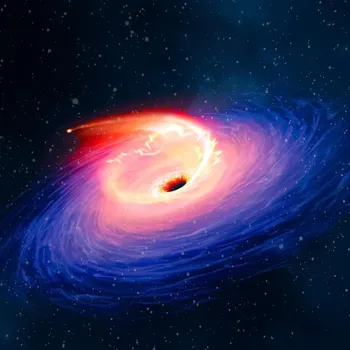
Bangalore
Space, the final frontier! It's something that always makes us think, right? And nothing is more mind-boggling than black holes. These cosmic vacuum cleaners are not just big holes in space; they are forces of nature with secrets that could rewrite our understanding of everything.

Ready to have your mind bent? Let's dive into ten amazing facts about black holes that will change how you see the universe, from now onwards!
First off, let's bust a common myth
Black holes don't actually "suck" everything around them. It's more like a really strong gravitational pull. Imagine the Sun, but compressed into a space a million times smaller. If our Sun were replaced with a black hole of the same mass, Earth wouldn't suddenly get sucked in.
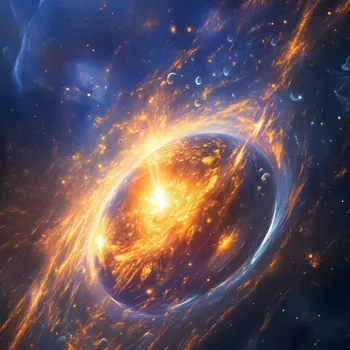
We'd keep orbiting just the same. However, if you get too close, the gravity becomes, how do you say, inescapable! What makes black holes so special is their density, a bunch of matter squeezed into super small space. So, no need to worry about Earth getting sucked into one anytime soon!
Number two
Black holes warp time! Einstein's theory of relativity predicts that gravity affects time. Near a black hole, where gravity is ultra-strong, time slows down dramatically. Imagine an astronaut bravely approaching a black hole.
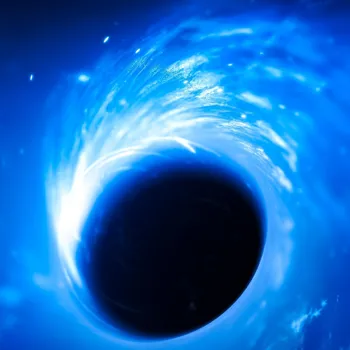
To them, time would seem normal, but to us, watching from Earth, they would appear to be moving in slow motion, almost frozen near the edge. This effect, called gravitational time dilation, is not just a theory but has been measured here on Earth using super accurate clocks.
Black holes are basically cosmic time machines, but probably not the kind you want to take a trip in!
Third
Nobody can see black holes directly. Because the gravity around a black hole is so strong that not even light can escape so the the black holes don't even emit any light or other radiation. How then do we even know they are there? Scientists observe their effect on their surroundings.

Black holes can bend light from distant objects, creating weird and wonderful optical effects. Other times, matter falling into a black hole heats up and emits intense radiation, like X-rays, that are very visible to telescopes.
Variety of black holes: stellar, supermassive, intermediate sizes
Black holes come in different sizes. You have stellar black holes, formed when massive stars collapse at the end of their lives. These typically have masses a few times that of our Sun. Then you have supermassive black holes, found at the centers of most galaxies, including our own Milky Way.
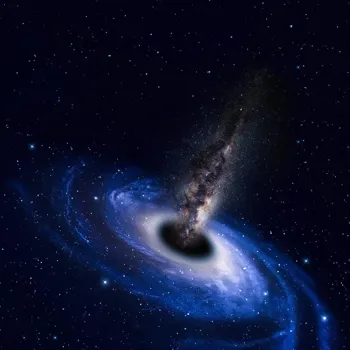
These monsters can be millions or even billions of times more massive than the Sun! Recently, evidence has emerged for intermediate-mass black holes, filling the gap between stellar and supermassive ones. The universe, as always, is filled with more variety than you would think.
The range of sizes tell about their formation and evolution.
Black holes create gravitational waves when merging, aiding study of universe
Fifth fact is a weird one about black holes: they can sing, not exactly sing but scientists were surprised to discover that when black holes merged, they created ripples in spacetime called gravitational waves, and those ripple waves can be detected on Earth.

Scientists can analyze the gravitational waves and come to deduce about the mass and spin of the black hole. The more the black hole combines the more bigger it gets.
These gravitational waves offer a new way to study black hole which are invisible to the naked eye and it helps in understanding the structure and evolution of the Universe.
Supermassive black holes influence galaxy evolution
Sixth is the location. Most of the black holes are found in the center of galaxy. The supermassive black hole called Sagittarius A lives in the heart of the Milky Way which is 26,000 light-years from earth.
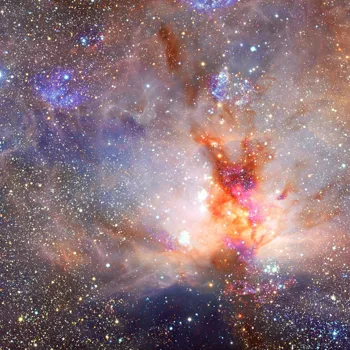
The existence of Sagittarius A was confirmed through observations of stars orbiting it at tremendous speeds. These galaxy black holes influences the evolution of galaxy. The gravity of the black holes shapes the cosmic landscape. From the galaxy formation to the distribution of dark matter.
Seventh
The event horizon is not a solid surface. The event horizon is known as the "point of no return" which surrounds the black hole. Once you cross the event horizon, you can't escape the black holes gravity. The event horizon is not a solid surface like the planet's surface or star's surface.
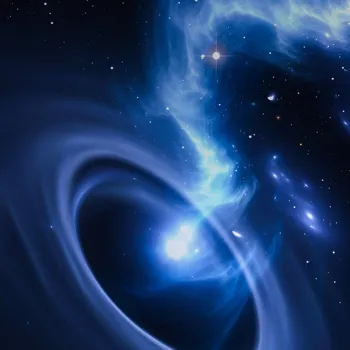
Crossing it would be like entering a one- way tunnel. Whatever goes in that tunnel doesn't come back. It will be compressed and stretched out which is known as spaghettification.
Eighth
Black holes aren’t eternal. Black holes eventually evaporates through a process called Hawking radiation. Virtual particles appear near the event horizon, and sometimes, one falls into the black hole while the other escapes.

This process slowly reduces the black hole’s mass over an extremely long period. Smaller black holes evaporate faster, while the largest supermassive black holes will take a very long time to disappear.
This shows that black holes are not immortal objects but are subject to the constant laws of the universe.
Ninth
Scientists can create miniature black holes. The Large Hadron Collider(LHC) is a giant atom smasher at CERN, scientists hope to collide particles with so much energy that tiny black holes are formed. These black holes would be extremely small and would evaporate instantly.
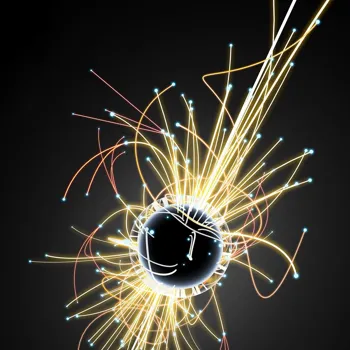
The experiment will help scientists understand quantum gravity and the inner workings of the universe. Creating black holes is a technical challenge. However, if created it will be useful in science.
Lastly, number ten
Black holes influence galaxy formation. Supermassive black holes might be as important as galaxies. When the black holes grow by swallowing matter. They release large amount of energy that affects the process of star formation.
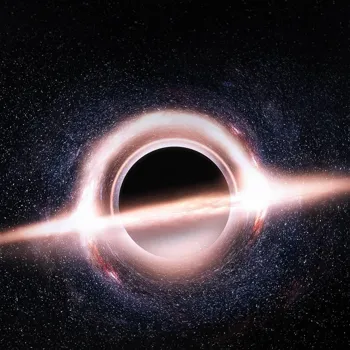
Galaxies don't grow forever they reach a limit and black holes helps to regulate their growth. The relationship of black holes and galaxies is a dance between destruction and construction. The black holes change the way we observe the universe.
Ten mind-blowing facts about black holes
So, there you have it! Ten mind-blowing facts about black holes that hopefully have changed your perspective on the universe.
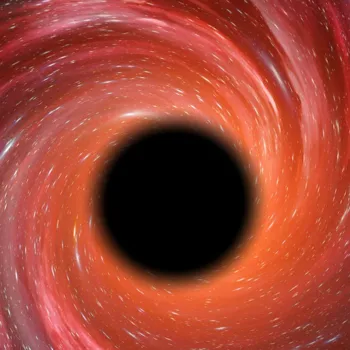
These cosmic enigmas are not just destructive forces but also fundamental components of the universe, shaping galaxies, bending time, and challenging our understanding of reality. Keep looking up, keep wondering, and never stop exploring the universe!
AI Generated Content. Glance/InMobi shall have no liability for the content